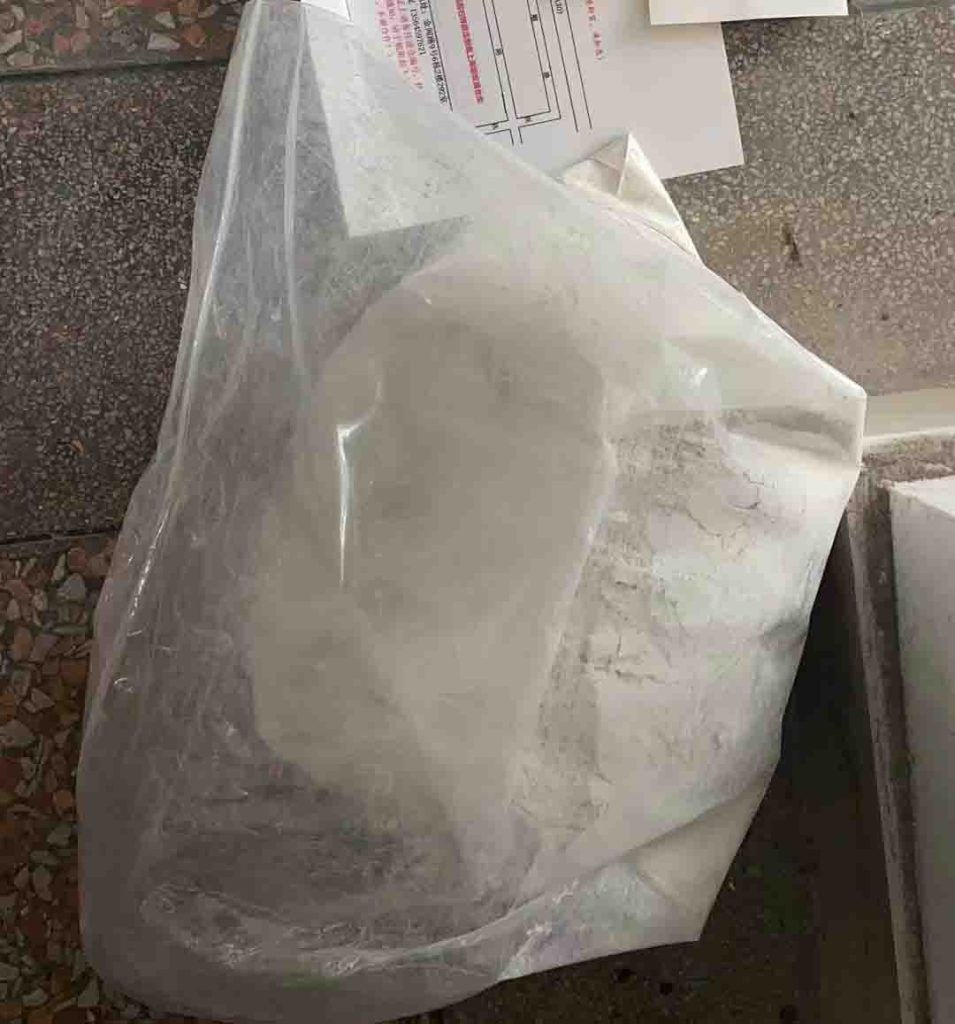Gelling Agent
What is Gelling Agent?
Within cosmetics, gelling agents serve a pivotal role serving as crucial ingredients to create premium quality products one desires! Usage could include cosmetic gelling agents or oil/water-based ones based on formulation specific requirement.
Gelling agents are substances that have the unique property of forming gels when dissolved in a liquid phase. When these agents are added to a liquid, they undergo a process known as gelation, in which they create a weakly cohesive internal structure within the mixture. Gelling agents can be classified into two main categories: organic hydrocolloids and hydrophilic inorganic substances. One of the most useful and adaptable inorganic substance is organoclay or organophilic clay. This clay is used as a gelling agent, specifically in oil field industries.
How do Gelling Agents Work?
Gelling agents function by creating a three-dimensional network or matrix within the formulation. This network effectively traps and immobilizes the liquid, causing it to solidify or form a semi-solid state. In cosmetics, gelling agents serve as cosmetic gelling agents, oil gelling agents for cosmetics, or water gelling agents, depending on the formulation requirements.
One common mechanism is through the formation of chemical bonds or cross-links between the gelling agent molecules. These bonds create a network that holds the liquid in place, resulting in a gel-like consistency.
Some gelling agents work by absorbing and retaining water, swelling to form a gel-like structure. These hydrophilic substances can absorb many times their own weight in water, leading to the formation of a gel.
Is Gelling Agent the Same as Gelatine?
For clarity: ‘Gelatine’ should not be mistaken with its parent category ‘gelling agent.’ Of course, it belongs to this larger class; but depicts only one among many other usable subclasses- classified by their source or chemical composition etcetera.
The classification does broaden beyond just this entity towards various other gel-forming components with multiple origins- which could be chemical compounds, minerals, seaweed extracts or plant source derived. Typically availed in varied forms ranging from powders, granules to liquids; these are key players across industries like cosmetics beyond the food industry they’re stereotypically known for.
Organoclay exhibits the ability to transform liquid formulations into gels, imparting desirable texture and consistency. Organoclay is one kind of the gelling agents that contributes to enhanced stability, and improved spreadability. Its gel-forming properties allow for better control over the product’s viscosity and flow, ensuring optimal performance and user satisfaction. Organoclay gelling agents are valued for their versatility, compatibility with different ingredients, and ability to create luxurious textures in a range of cosmetic applications.
What is Gelling Agent Also Known As?
In many sectors such as cosmetic manufacturing, thickening agent serves as an alternative term for thickener agent. It has a vital function in modifying textures by accurately adjusting the rheological properties of products. Organoclay enhance stability through increased viscosity produces a better product quality that oil field industry and paint industry require.
Gelling agents are also known as solidifiers most commonly in industries where the containment and cleanup of oil spills or leaks are importance. Especially organophilic clay, this possesses the unique ability to transform liquid hydrocarbons, such as oil, into rubber-like solids, facilitating easier handling, containment, and subsequent removal.
What is the Function of Thickeners and Gelling Agents?
Functions of thickeners and gelling agents is to provide structure and texture to liquid or semi-liquid products. They help transform these substances into more solid or semi-solid forms.
Thickeners and organoclay contribute to the viscosity control of products. They can increase the thickness and flow resistance of liquids, which is particularly important in industries such as paint manufacturing, where maintaining a specific viscosity is crucial for product performance. Thickeners and gelling agents allow manufacturers to adjust the flow properties of their products, ensuring proper coverage, adhesion, and ease of application.
Stability of thickeners and gelling agents helps prevent phase separation and maintain the homogeneity of formulations. By forming a network or matrix within the product, they can enhance its stability, preventing sedimentation, the release of liquid, or the separation of ingredients. This is particularly important in products like suspensions, emulsions, or gels.
Some examples of commonly used thickeners and gelling agents include organoclay, organophilic clay, bentonite clay which is readily available at Zhejiang Camp-Shinning. You carefully select and combine these ingredients based on your desired functionality and the specific requirements of the product being developed. We at Zhejiang Camp-Shinning are willing to provide MSDS for complete information of our product.
What Are the Advantages of Gelling Agents?
Organobentonite offer several advantages in the context of oil spill response and cleanup efforts, particularly when considering the environmental conditions in which they are applied. One of their notable advantages is their effectiveness in calm to moderately rough seas, where the interaction between the gelling additive and the spilled oil can be optimized.
In such sea conditions, gelling agents benefit from the increased mixing energy provided by waves. As the waves move and agitate the oil spill, they facilitate greater contact between the gelling additive and the oil. This increased contact enhances the chemical reaction and solidification process, leading to a more efficient transformation of the oil into rubber-like solids.
How To Make a Gelling Agent?
These specific steps and their sequence may vary depending on the formulation, ingredients, and desired properties of the final product. Manufacturers often optimize the process to ensure proper dispersion, stability, and performance of the formulation.
- The first step is to combine the resin, which acts as the base material, with the appropriate solvents. The solvents are selected based on the compatibility with the resin and the desired properties of the final product. This step ensures the resin is properly dissolved or dispersed in the solvents.
- Depending on the characteristics of the resin and the specific formulation requirements, wetting agents may be added. Wetting agents help to improve the dispersion of pigments and other additives in the solvent. They reduce surface tension and enable better wetting of the solid particles, ensuring uniform distribution.
- If the formulation includes pigments for coloration or other purposes, they are added slowly to the mixture. The addition of pigments should be gradual to achieve even dispersion and prevent clumping. The pigments are incorporated into the resin-solvent system, ensuring consistent coloration throughout the product.
- To achieve the desired particle size and fineness of the pigments, the mixture is subjected to grinding or milling. This step helps to break down larger particles and improve the dispersion of the pigments, resulting in a smooth and uniform appearance. Grinding can be done using various equipment and techniques, depending on the specific requirements of the formulation.
- The next step involves incorporating a pre-gelling agent, such as organoclay, into the formulation. The pre-gell agent helps to impart desired rheological properties, such as thickening or gelling, to the product. Organoclay, known for its ability to form stable gels, is added gradually while ensuring proper dispersion throughout the formulation.
- Finally, the formulation may be diluted with additional solvents or additives to achieve the desired consistency. Dilution helps to adjust the viscosity and flow properties of the product to meet specific requirements. The amount of dilution depends on the desired final consistency and the targeted application of the formulation.
Products in Cosmetics that Uses Organoclay as Gelling Agent
Organoclay, a type of gelling agent derived from clay particles modified with organic compounds, finds application in various products. Some examples of products that may utilize organoclay as a suspension agent include:
- Drilling Oil Field
- Wastewater Management
- Paints
- Grease
- Putty
- Personal Care Products
Organoclay are valued for their versatility, compatibility with different ingredients, and ability to create luxurious textures in a range of applications. If you are unsure if organoclay can be used in manufacturing of your products, do not hesitate to call Zhejiang Camp-Shinning for more information.


